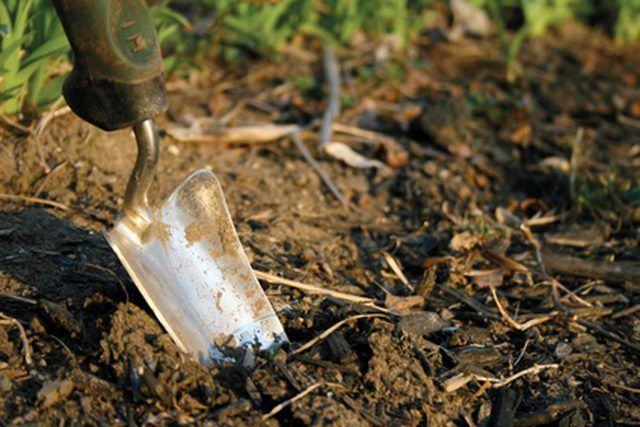Bulbs
Flower Basics
Flower Beds & Specialty Gardens
Flower Garden
Garden Furniture
Garden Gnomes
Garden Seeds
Garden Sheds
Garden Statues
Garden Tools & Supplies
Gardening Basics
Green & Organic
Groundcovers & Vines
Growing Annuals
Growing Basil
Growing Beans
Growing Berries
Growing Blueberries
Growing Cactus
Growing Corn
Growing Cotton
Growing Edibles
Growing Flowers
Growing Garlic
Growing Grapes
Growing Grass
Growing Herbs
Growing Jasmine
Growing Mint
Growing Mushrooms
Orchids
Growing Peanuts
Growing Perennials
Growing Plants
Growing Rosemary
Growing Roses
Growing Strawberries
Growing Sunflowers
Growing Thyme
Growing Tomatoes
Growing Tulips
Growing Vegetables
Herb Basics
Herb Garden
Indoor Growing
Landscaping Basics
Landscaping Patios
Landscaping Plants
Landscaping Shrubs
Landscaping Trees
Landscaping Walks & Pathways
Lawn Basics
Lawn Maintenance
Lawn Mowers
Lawn Ornaments
Lawn Planting
Lawn Tools
Outdoor Growing
Overall Landscape Planning
Pests, Weeds & Problems
Plant Basics
Rock Garden
Rose Garden
Shrubs
Soil
Specialty Gardens
Trees
Vegetable Garden
Yard Maintenance
How to Calculate Fertilizer Application Rates
How to Calculate Fertilizer Application Rates. When you buy commercial fertilizer, you'll see three numbers on the label. They indicate the percentage by weight of three nutrients: nitrogen, phosphorus and potassium, abbreviated N-P-K. If you receive a fertilizer recommendation from a soil test, the results may list pounds of those same nutrients...

When you buy commercial fertilizer, you'll see three numbers on the label. They indicate the percentage by weight of three nutrients: nitrogen, phosphorus and potassium, abbreviated N-P-K. If you receive a fertilizer recommendation from a soil test, the results may list pounds of those same nutrients per acre or per 1,000 square feet. You can convert the label on the fertilizer to the actual pounds of nutrients you'll need, if you know the size of the area you want to fertilize in acres or square feet.
Select a fertilizer that has an N-P-K number in similar proportions to the recommended nutrients after your soil test. For example, if the recommendation calls for twice as much nitrogen as phosphorus and potassium, select a fertilizer marked 8-4-4, 12-6-5 or something similar. The proportions don't need to be exact.
Divide the number of each nutrient on the label by 100 to express the number as a percent. For example, a phosphorus value of 5 would be .05.
Divide the recommended pounds of each nutrient by the percentage of that nutrient in the fertilizer. The result is the pounds of fertilizer you'd need to apply to add exactly that amount of that nutrient. For example, if the soil test recommends 20 pounds of phosphorus per acre, you'd divide 20 by .05 to get a result of 400 pounds of fertilizer per acre.
Add the three results together and divide by three to calculate the amount of fertilizer to apply to the area specified in the soil test. This averages out any differences between the label and the recommended proportions of fertilizer.
Divide the area of your field, lawn or garden by the area given in the soil test. Multiply the result by the pounds of fertilizer from the previous step. The result is the number of pounds to apply to your field, lawn or garden. For example, if your garden is 1,500 square feet and the recommendation is per 1,000 square feet, divide 1,500 by 1,000 to get 1.5 and multiply the pounds of fertilizer by 1.5.
Tips & Warnings
If you have trouble finding a fertilizer with enough of one of the three nutrients, calculate and apply the right amount of fertilizer based on the lower two nutrients only. Supplement the soil with additional fertilizer that's high only in the third nutrient.
If you're fertilizing a small garden or lawn that's rectangular and you don't know how many square feet it contains, measure the length and width in feet and multiply them together to calculate the square feet. Estimate the area of an L-shaped garden or lawn by calculating the area as if it were two separate rectangles and add the results together.